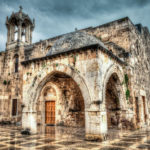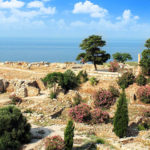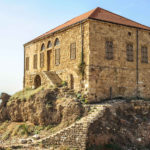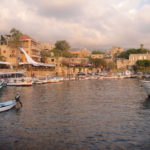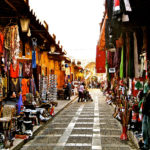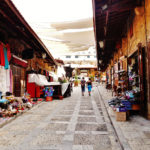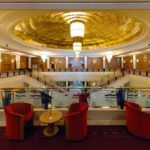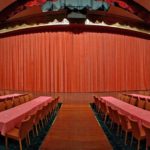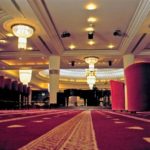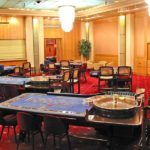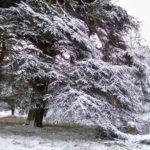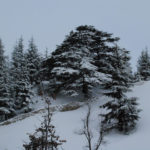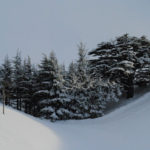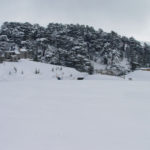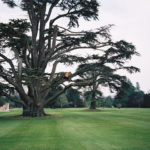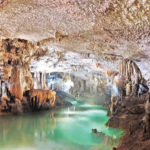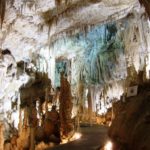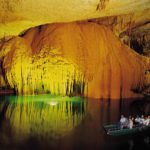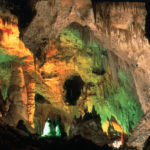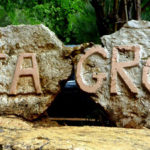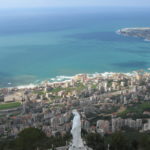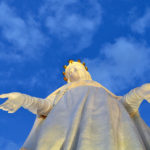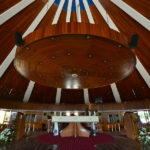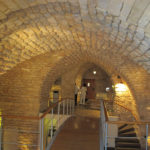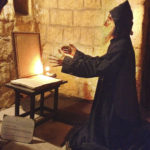Byblos
Byblos, in Arabic Jubayl is a Mediterranean city in the Mount Lebanon Governorate, Lebanon. It is believed to have been occupied first between 8800 and 7000 BC, and according to fragments attributed to the semi-legendary pre-Homeric Phoenician priest Sanchuniathon, it was built by Cronus as the first city in Phoenicia. It is one of the cities suggested as the oldest continuously inhabited city in the world and the site has been continuously inhabited since 5000 BC. It is a UNESCO World Heritage Site. Byblos is located about 42 kilometres (26 mi) north of Beirut. Byblos is re-emerging as an upscale touristic hub. With its ancient port, Phoenician, Roman, and Crusader ruins, sandy beaches and the picturesque mountains that surround it make it an ideal tourist destination. The city is known for its fish restaurants, open-air bars, and outdoor cafes. Yachts cruise into its harbor today as they did in the 1960s and '70's when Marlon Brando and Frank Sinatra were regular visitors to the city.
Gallery
Map
Casino Du Liban
Casino du Liban is a casino located in Maameltein, Jounieh in Lebanon and is 22 km north of Beirut. With an area of about 35,000 square meters, the casino has around 400 slot machines and 60 gaming tables. It has a showroom, night club, theater, banquet facility and five restaurants. The casino was first opened in 1959. It closed in 1989 and reopened in 1996 after a $50 million reconstruction and refurbishment project. In his memoir of the international hotel business, Shadow of the Sun: Travels And Adventures in the World of Hotels, Peter J. Venison wrote that the Casino du Liban "was elegant, yet the cabaret was spectacular and rivaled anything that Las Vegas could offer". He also described it as a backdrop of a James Bond novel where clientele from the richest elite of European and Arabian societies ventured into the casino in formal black-tie attire.
Gallery
Map
Cedars
The Cedars of God is one of the last vestiges of the extensive forests of the Lebanon cedar, that once thrived across Mount Lebanon in ancient times. Their timber was exploited by the Phoenicians, Egyptians, Assyrians, Babylonians, Persians, Romans, Israelites and Turks. The wood was prized by Egyptians for shipbuilding; the Ottoman Empire used the cedars in railway construction. The mountains of Lebanon were once shaded by thick cedar forests and the tree is the symbol of the country.
Gallery
Map
Jeita Grotto
The Jeita Grotto is a system of two separate, but interconnected, karstic limestone caves spanning an overall length of nearly 9 kilometres. The caves are situated in the Nahr al-Kalb valley within the locality of Jeita, 18 kilometres (11 mi) north of the Lebanese capital Beirut. Though inhabited in prehistoric times, the lower cave was not rediscovered until 1836 by Reverend William Thomson; it can only be visited by boat since it channels an underground river that provides fresh drinking water to more than a million Lebanese. In 1958, Lebanese speleologists discovered the upper galleries 60 metres (200 ft) above the lower cave which have been accommodated with an access tunnel and a series of walkways to enable tourists safe access without disturbing the natural landscape. The upper galleries house the world's largest known stalactite. The galleries are composed of a series of chambers the largest of which peaks at a height of 120 metres (390 ft).
Aside from being a Lebanese national symbol and a top tourist destination, the Jeita grotto plays an important social, economic and cultural role in the country. It was one of top 14 finalists in the New 7 Wonders of Nature competition.
Gallery
Map
Our Lady Of Lebanon
The Shrine of Our Lady of Lebanon draws millions of faithful both Christians and Muslims from all over the world. Overlooking the bay of Jounieh, the shrine has become a major tourist attraction where tourists take the gondola lift, the Téléphérique, from the city of Jounieh to Harissa. The Statue of Our Lady of Lebanon is a French-made, 13-ton statue, made of bronze and painted white, of the Virgin Mary. It was erected in 1907 on top of a hill, 650 meters above sea level, in the village of Harissa, 20 km north of Beirut in honor of Our Lady of Lebanon.
Gallery
Map
Wax Museum
The Byblos Wax Museum is a wax museum in Byblos, Lebanon. This museum displays wax statues and life scenes from the Phoenician era to the modern times.
In addition, there are statues of public figures depicting Phoenicians manufacturing glass, building ships and producing purple dye, and a Lebanese wedding in the village.



